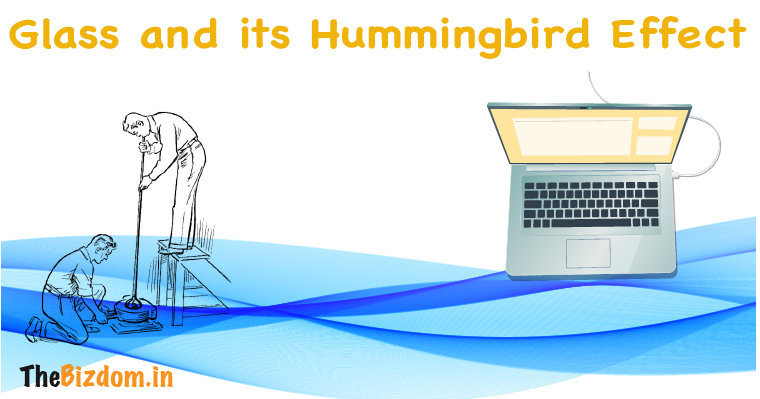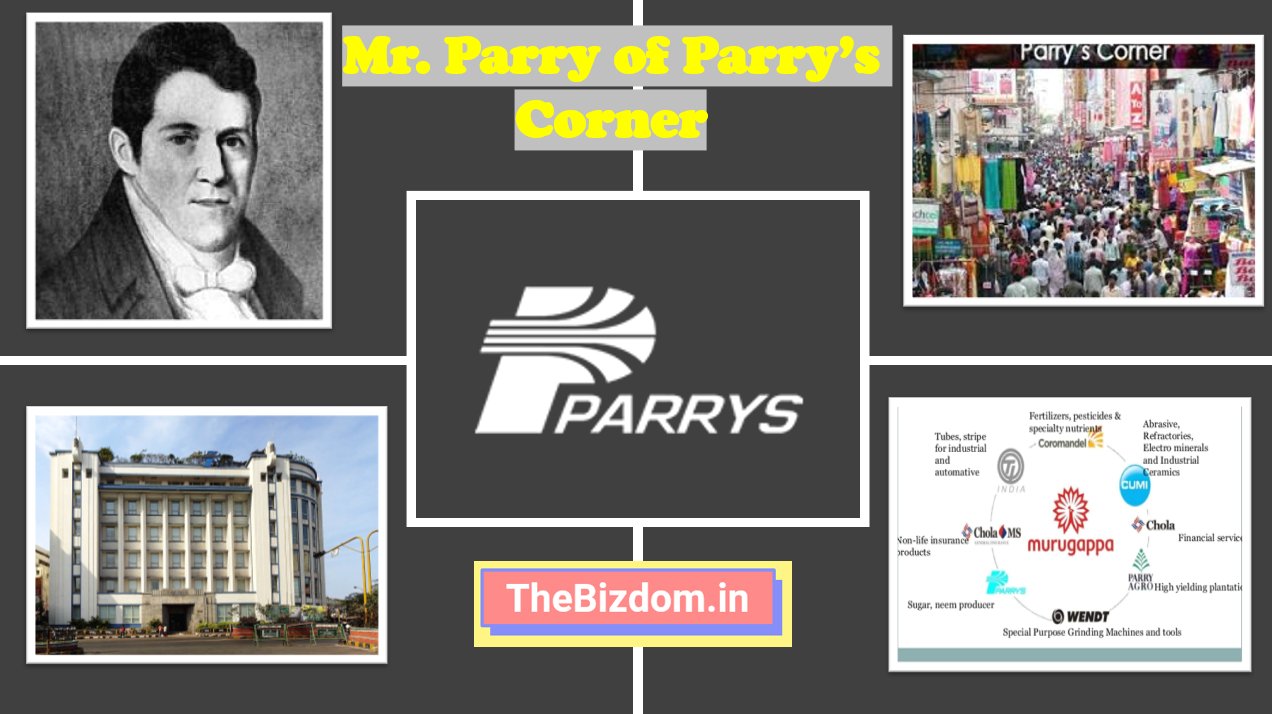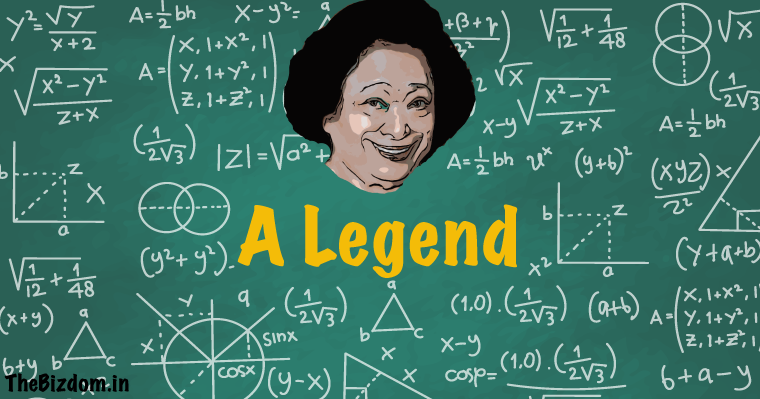2 min to read
Origin of Asian Paints
Asian Paints was started in the year 1942, when four youthful men started manufacturing paints in their garage.
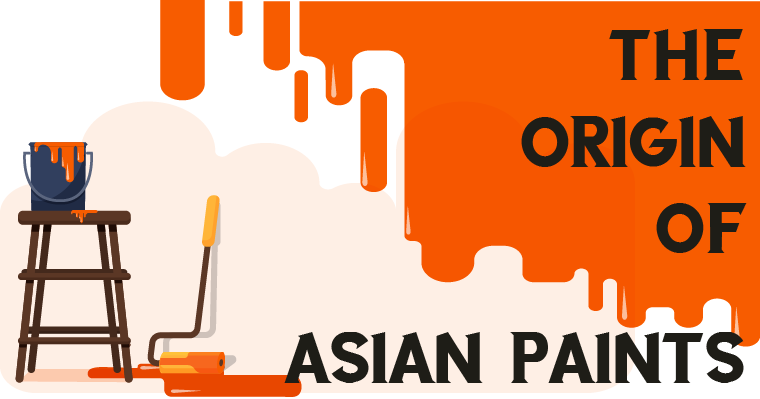
In the 1940s, decorative paints was a commodity biz. consisting mainly of dry distemper/‘chuna’. Soon, we had a temporary ban on paint imports during World War II which created an opening. Spotting this opportunity, a 26 year old, Champaklal Choksey and three of his friends (Chimanlal Choksi, Suryakant Dani and Arvind Vakil) set up a company in Mumbai.
Their biggest challenge was to establish a business when a handful of distributors controlled the supply of paint across India. And, after being ignored by these distributors in big cities, they took to the villages to sell directly to the shopkeepers.
Thus, Asian Paints opened its first dealership in a small town of Sangli (named after Sahagalli—from the Marathi words saha “six” and galli “lanes”). Anyways, their abilities to understand consumption patterns was legendary.
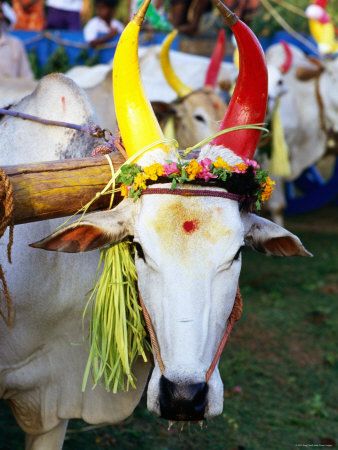
Then by the 1950s, they launched another innovative product—the washable distemper and placed it between dry distemper and plastic emulsions. They then pushed it’s marketing with an amazing campaign that said, ‘Don’t lose your temper, use Tractor Distemper.’
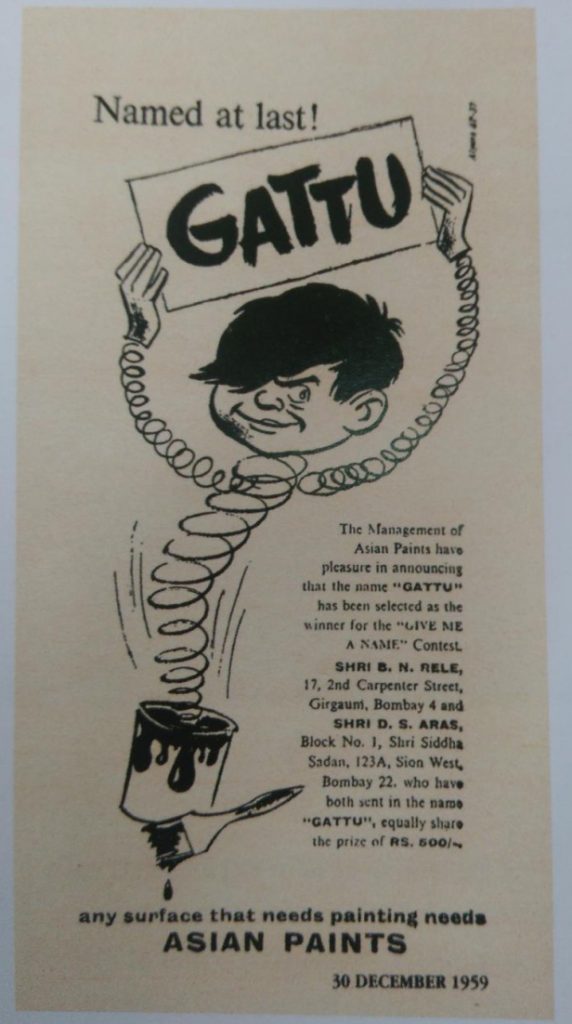
The four families together held the majority shares of the company. But disputes started over the global rights in 1990s when the company expanded beyond India. The disputes resulted in Choksey selling their 13.7% shares and exiting in 1997. Champaklal died in July 1997 and his son Atul took over. After failed collaboration talks with the British company Imperial Chemical Industries, Choksey’s shares were mutually bought by the remainder three family and Unit Trust of India. As of 2008, the Choksi, Dani and Vakil families hold a share of 47.81%.
